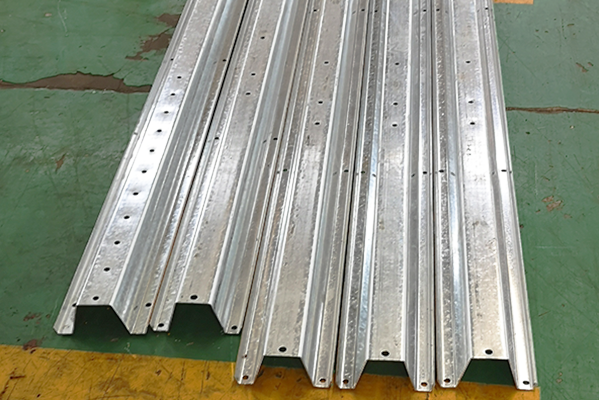Navigation Menu
Contact Us
- Email:
- info@wxavatar.com
- Address:
- Yurong Village, Yuqi Street, Huishan District, Wuxi, China.
Release Date:Aug 01, 2025 Visit:34 Source:Roll Forming Machine Factory
The global grain storage equipment market is witnessing steady expansion, driven by a combination of agricultural, economic, and technological factors. As food security, crop preservation, and supply chain stability become higher priorities, the demand for modern and efficient grain storage solutions continues to rise. But what exactly is fueling this market growth? Below are the key factors contributing to the increasing demand for grain storage equipment worldwide.

1. Rising Global Food Demand
One of the primary forces behind the growth of grain storage equipment markets is the increasing global demand for food. As populations grow—particularly in Asia, Africa, and parts of Latin America—so does the need for stable and secure food supplies. Grains such as wheat, corn, rice, and barley are core components of the global diet, and their efficient storage has become essential for long-term food availability.
2. Expansion of Agricultural Production
With advancements in farming methods, many countries are producing higher yields of grain than ever before. However, increased harvests require corresponding improvements in post-harvest infrastructure. Grain storage equipment—including silos, hoppers, and storage bins—plays a vital role in preventing post-harvest losses, maintaining grain quality, and facilitating logistics across the supply chain.
3. Need for Long-Term Storage Solutions
Climate variability and market price fluctuations are leading farmers and grain traders to store their harvests for longer periods. This has increased the demand for durable, climate-resilient storage systems that can protect grain from pests, moisture, and spoilage. Equipment manufacturers are responding with more advanced, sealed, and aerated storage technologies designed for long-term preservation.
4. Government and Private Sector Investments
Public and private investment in agricultural infrastructure is another major factor driving the growth of grain storage equipment markets. In many developing countries, governments are actively funding rural development programs, grain reserve facilities, and food security initiatives. Meanwhile, private agribusiness firms are investing in large-scale storage systems to improve efficiency and reduce operational risk.
5. Modernization and Mechanization Trends
As the agriculture industry becomes more mechanized, grain storage equipment is evolving to meet the needs of modern operations. Automated loading/unloading systems, real-time inventory monitoring, and compatibility with logistics software are increasingly seen as standard requirements. The shift toward integrated, technology-driven solutions is encouraging continuous innovation in the storage equipment sector.
6. Export-Oriented Agriculture
Countries with surplus grain production often rely on exports to sustain their agricultural economy. Proper storage systems are critical in ensuring that grain destined for international markets meets quality and safety standards. The need to comply with international storage, hygiene, and traceability requirements further boosts demand for advanced equipment.

Conclusion
The growth of grain storage equipment markets is not driven by a single factor but by the convergence of global food demand, agricultural development, and technological progress. As grain continues to be a strategic commodity in both local and global contexts, the importance of reliable, scalable, and efficient storage systems will only increase. For equipment manufacturers, this trend presents ongoing opportunities for innovation and global expansion.